 Westport nestles on the far shore of one of Ireland’s great peninsulas, jutting into the Atlantic, with the Mountains of Connemara to the south and the wild coasts of Achill to the north. Some years ago we camped on Achill Island in late September. Most Irish campsites close after the first week of September but we found one campsite still open although only one other campervan stopped by in the few days we spent there. The site had several permanent mobile homes, and despite the 8 foot banks of grass-topped sand that protected the site each was held to the ground with structures of foot-wide girders to hold them down against the force of the Atlantic winds. We parked close between some of these and as the campervan shook in the night reminded ourselves that these were just mild September breezes, not the wild storms of the winter.
Westport nestles on the far shore of one of Ireland’s great peninsulas, jutting into the Atlantic, with the Mountains of Connemara to the south and the wild coasts of Achill to the north. Some years ago we camped on Achill Island in late September. Most Irish campsites close after the first week of September but we found one campsite still open although only one other campervan stopped by in the few days we spent there. The site had several permanent mobile homes, and despite the 8 foot banks of grass-topped sand that protected the site each was held to the ground with structures of foot-wide girders to hold them down against the force of the Atlantic winds. We parked close between some of these and as the campervan shook in the night reminded ourselves that these were just mild September breezes, not the wild storms of the winter.
This time I had to set my face south cutting across Connemara to Doolin for the night. I took the coast road between Croagh Patrick and the sea, passing the car parks and coaches at its foot where the pilgrimage route begins. Although I’ll forgo the climb on hands and knees of the true pilgrim it would be good to climb it some day for the view and the sense of those who have visited this holy spot for a thousand years.
I do not have a SatNav and somehow at Louisburgh I took the wrong road. As the road narrowed to single track and then grass began to grow down the centre, I realised my mistake, but assumed it would eventually join up with the main road. In fact I was driving down a 15 mile cul-de-sac. Often when I have lost my way in a strange city, I have vowed I would get a SatNav, but now I am glad I have not. Global communications and perpetual internet offer instant information and allow us to plan every journey with printed Google maps and reviews of each tiny coffee house. But it would be a Faustian bargain if it were to rob us of the joy of just one unexpected and unplanned mistaken road to paradise.
On the far south west of County Mayo, there is a tiny nick in the coast on the map, and the indistinct line leading to it is this road, skirting the coast, looking out to islands and ocean, and ending at that nick, named like so many other simply White Strand.
Although my feet ever itch to wander, if there were a place to stop for a while and taste the ocean air, this would be it; but with many miles to go, I had just a few minutes to walk among the dunes and check where I was with three lads taking turns on a quad bike across the broad washed sand, before setting on my way again, back along the road I had come and again amazed at the way I had come and the fortune of following a ‘wrong’ path.
Through Connemara and many mountains calling to be climbed and lakes to be sailed; past Galway, the sound of tin whistle and fiddle almost audible even from the European funded ring road that bypasses the town’s old streets; along the coast of Northern Clare with the Burran on the left and sea on the right and on down, over the little bridge to Doolin and Fisher Street.
 Fiona and I had camped in Doolin many years before, but we arrived late, the night was wild, and the ground in the campsite down by the harbour more like marsh than grass1. So we stayed in the van, opened up the roof just far enough to poke out our heads, feel the wild wind whip our hair, and see the waves crash against the feet of the Cliffs of Moher. So this was the first time I had visited the legendary O’Connors and experienced a session there.
Fiona and I had camped in Doolin many years before, but we arrived late, the night was wild, and the ground in the campsite down by the harbour more like marsh than grass1. So we stayed in the van, opened up the roof just far enough to poke out our heads, feel the wild wind whip our hair, and see the waves crash against the feet of the Cliffs of Moher. So this was the first time I had visited the legendary O’Connors and experienced a session there.
Doolin is a Mecca for traditional music: around the bar several Japanese faces, a lady from South Carolina, and a couple of hitchhikers from Lille meandering their way around the Western Ireland, cooking pasta in a battered saucepan. Perched on a bar stool, I chatted over dinner with a man who lives just 25 miles away, staying in his caravan overnight, ready for a day visit to Inis Mór, the largest of the Aran Islands the next day. He had briefly visited the islands 12 years before, but this time was planning to walk across Inis Mór to Dún Aonghasa, the huge Iron Age fort cut in half by the eroding cliff face. I was reminded of the parable “the wise man built his house upon rock”, but after over 2000 years even the limestone of the Aran Isles is no sure foundation against the buffeting of the North Atlantic waves, that can throw vast boulders up to the cliff tops from the sea 25 metres below.
At 9:30 the music group began to assemble, three men who clearly played together and others invited into the music making, an older man with no instrument who later sang, and others. It is an inclusive music, with no pretension, Guinness lubricates the beating Bodhrán and pumping accordion, and the old hands play alongside the young. One couple, maybe students visiting during the summer vacation, looked nervous but were welcomed in and a young boy, maybe 12 or 14 years old, sang and played tin whistle, gradually growing in confidence as the night wore on.
next Last Day — Doolin to Limerick
- The campsite was Nagle’s, a great location overlooking the sea, but this time I stayed at Lane Lodge B&B.[back]
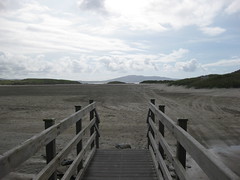

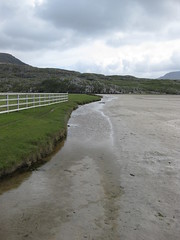

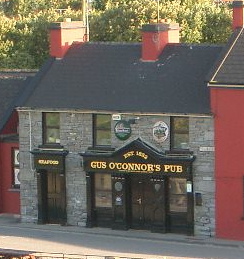


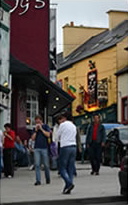

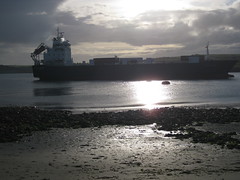
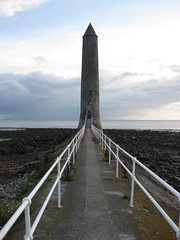


 I have just finished reading Markus Zusak’s “
I have just finished reading Markus Zusak’s “
 The core idea of vfridge is placing small notes, photos and ‘magnets’ in a shareable web area that can be moved around and arranged like you might with notes held by magnets to a fridge door.
The core idea of vfridge is placing small notes, photos and ‘magnets’ in a shareable web area that can be moved around and arranged like you might with notes held by magnets to a fridge door. Just over a year ago I thought it would be good to write a retrospective about vfridge in the light of the social networking revolution. We did a poster “
Just over a year ago I thought it would be good to write a retrospective about vfridge in the light of the social networking revolution. We did a poster “



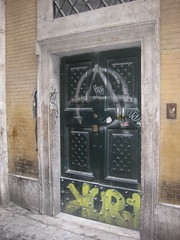
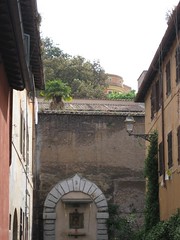
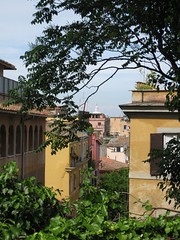
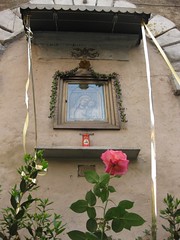

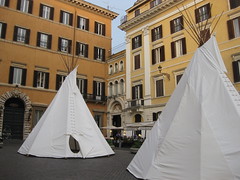
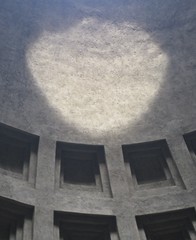
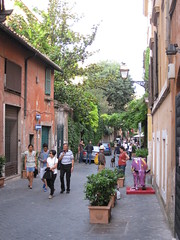

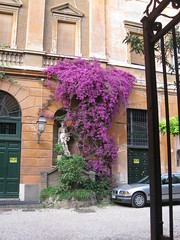
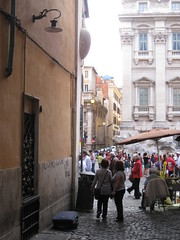
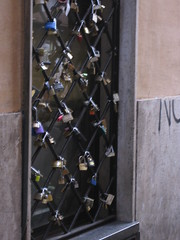

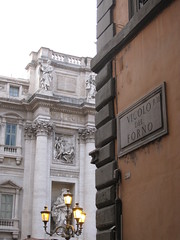
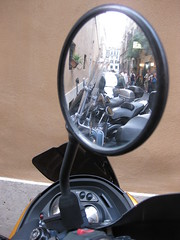
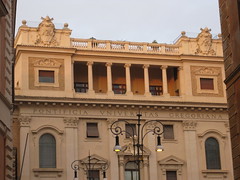

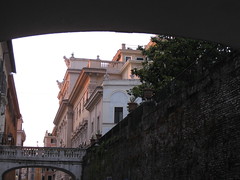
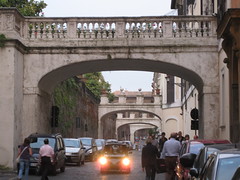

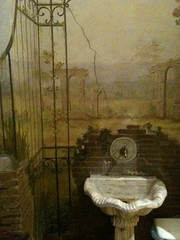
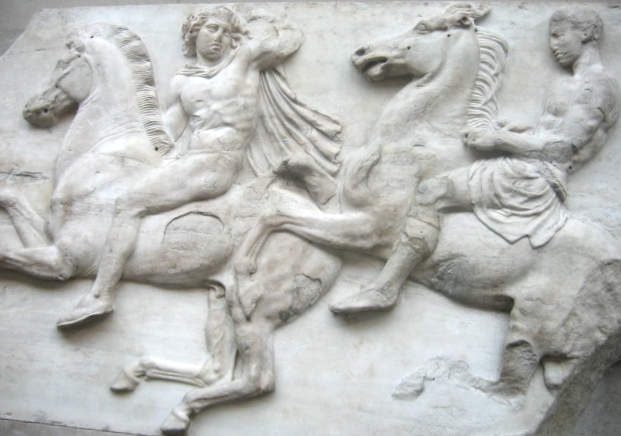


 The
The